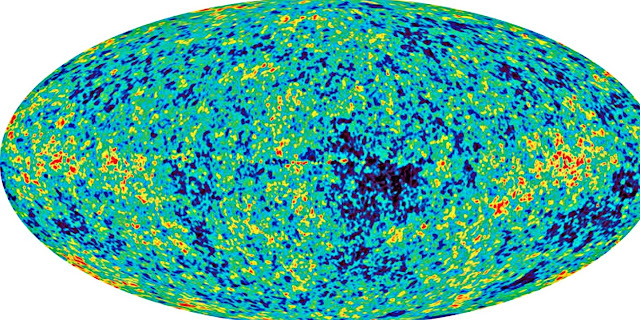THE ORIGIN OF UNIVERSE
The Big Bang Theory:
Big bang is the origin of universe.
The Big Bang theory is the most widely accepted scientific explanation for the origin of the universe. It is a theory that describes the early universe as an incredibly hot, dense, and expanding state that originated from a single point, known as a singularity. This theory has been refined and tested over many decades, and it is supported by a vast amount of observational evidence.
 |
| The big bang |
The Origin of the Big Bang Theory:
The big bang theory was proposed by George Lemaître. He was also known as father of big bang theory. The origin of the Big Bang theory can be detected back to the early 20th century when astronomers observed that distant galaxies were moving away from us. This observation led to the realization that the universe was expanding. The discovery of the cosmic microwave background radiation in the 1960s provided further evidence for the Big Bang theory. This radiation is the remnant of the early universe, and it provides crucial information about its structure and composition.
The Big Bang Theory Explained:
The Big Bang theory describes the early universe as a state of incredibly high temperature and density. This state is believed to have existed about 13.8 billion years ago. At this time, the universe was filled with a hot, dense plasma of subatomic particles, such as protons, neutrons, and electrons. The universe was also expanding rapidly, at a rate faster than the speed of light.
As the universe expanded, it cooled down, and the particles began to form atoms. These atoms eventually combined to form the first stars and galaxies. Over time, the universe continued to expand, and the galaxies moved further apart.
 |
| Exploration of Universe |
The Evidence for the Big Bang Theory:
There are so many evidences exist that proves big bang theory. Here are some evidences,
The Big Bang theory is supported by a vast amount of observational evidence. One of the most important pieces of evidence is the cosmic microwave background radiation. This radiation is a faint glow that is present in all directions in space. It is believed to be the remnant of the hot, dense plasma that filled the early universe.
 |
| Cosmic microwave background radiation |
The cosmic microwave background radiation has been observed by a variety of telescopes and satellites, including the Cosmic Background Explorer (COBE) and the Wilkinson Microwave Anisotropy Probe (WMAP). These observations have provided crucial information about the structure and composition of the early universe.
Another important piece of evidence for the Big Bang theory is the abundance of light elements in the universe. The theory predicts that the early universe was filled with a hot, dense plasma of subatomic particles. As the universe cooled down, these particles combined to form atoms of light elements, such as hydrogen and helium. The observed abundance of these elements is consistent with the predictions of the Big Bang theory.
 |
| The abundance of light in big bang |
The large-scale structure of the universe also provides evidence for the Big Bang theory. The universe is filled with galaxies, which are organized into clusters and superclusters. The distribution of these galaxies is consistent with the predictions of the theory.
The Unanswered questions:
Despite its overwhelming scientific evidence, the Big Bang theory still raises many questions and mysteries about the origins and nature of the universe. For example, this theory does not explain what caused the initial singularity or what existed before the Big Bang. It also does not explain the nature of dark matter and dark energy, which make up the vast majority of the universe's mass and energy.
Conclusion:
The Big Bang theory is the most widely accepted scientific explanation for the origin of the universe. It describes the early universe as an incredibly hot, dense, and expanding state that originated from a single point, known as a singularity. The theory is supported by a vast amount of observational evidence, including the cosmic microwave background radiation, the abundance of light elements in the universe, and the large-scale structure of the universe. Despite its overwhelming scientific evidence, the Big Bang theory still raises many questions and mysteries.
However, many people believes that big bang was really occurred.
Thank you for reading❤


